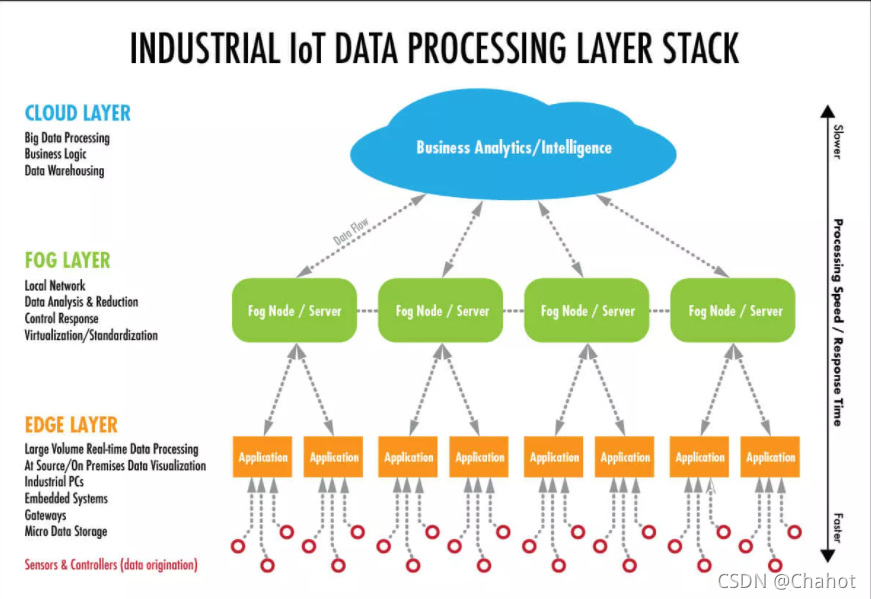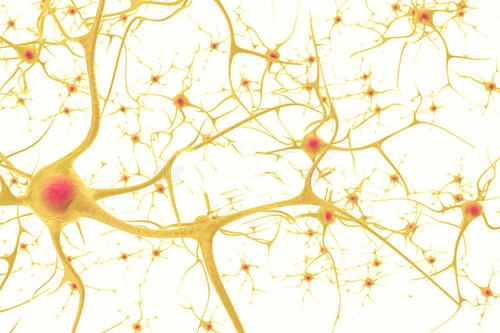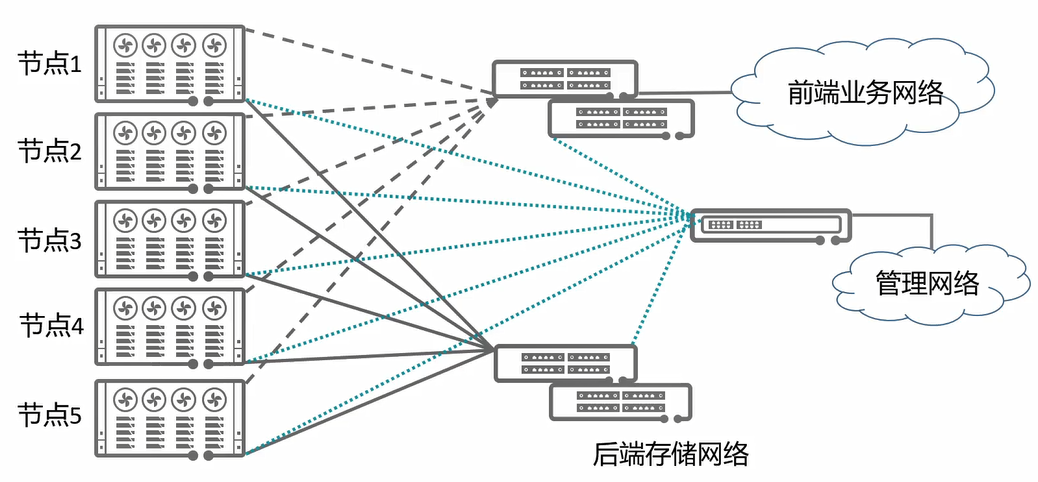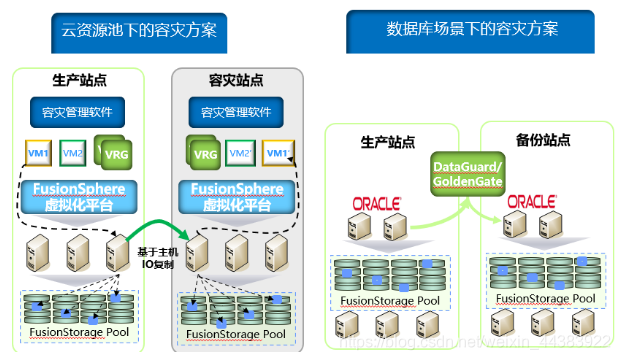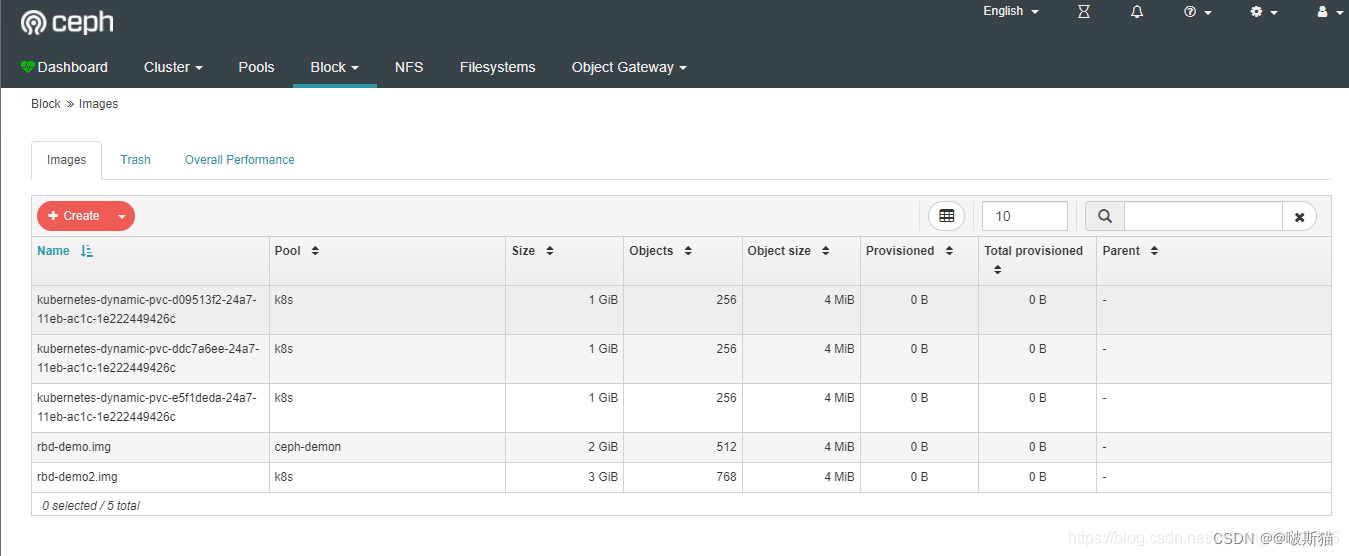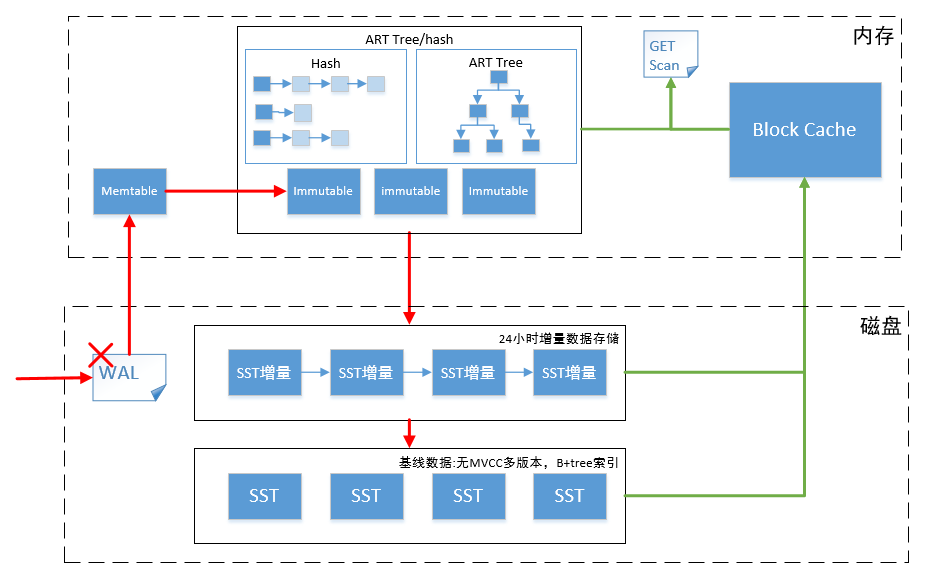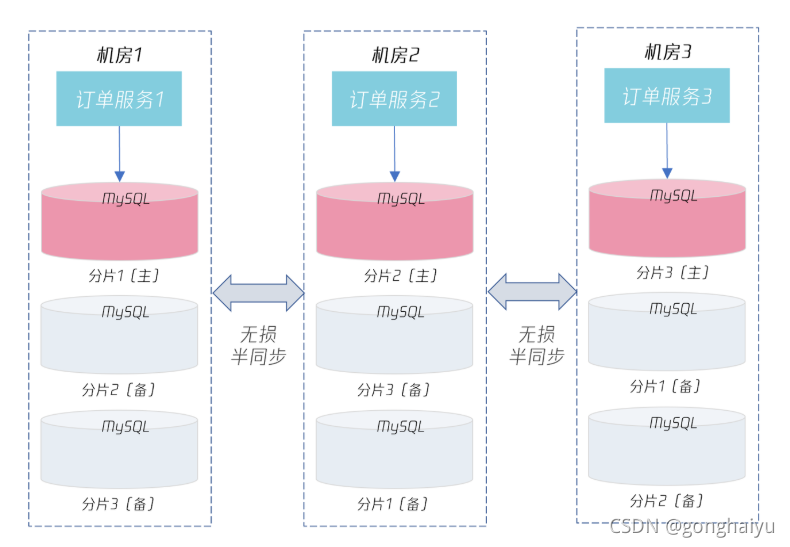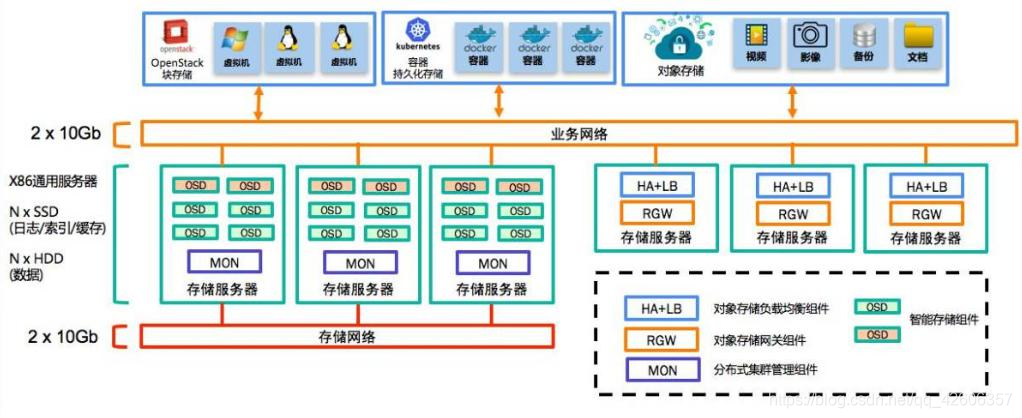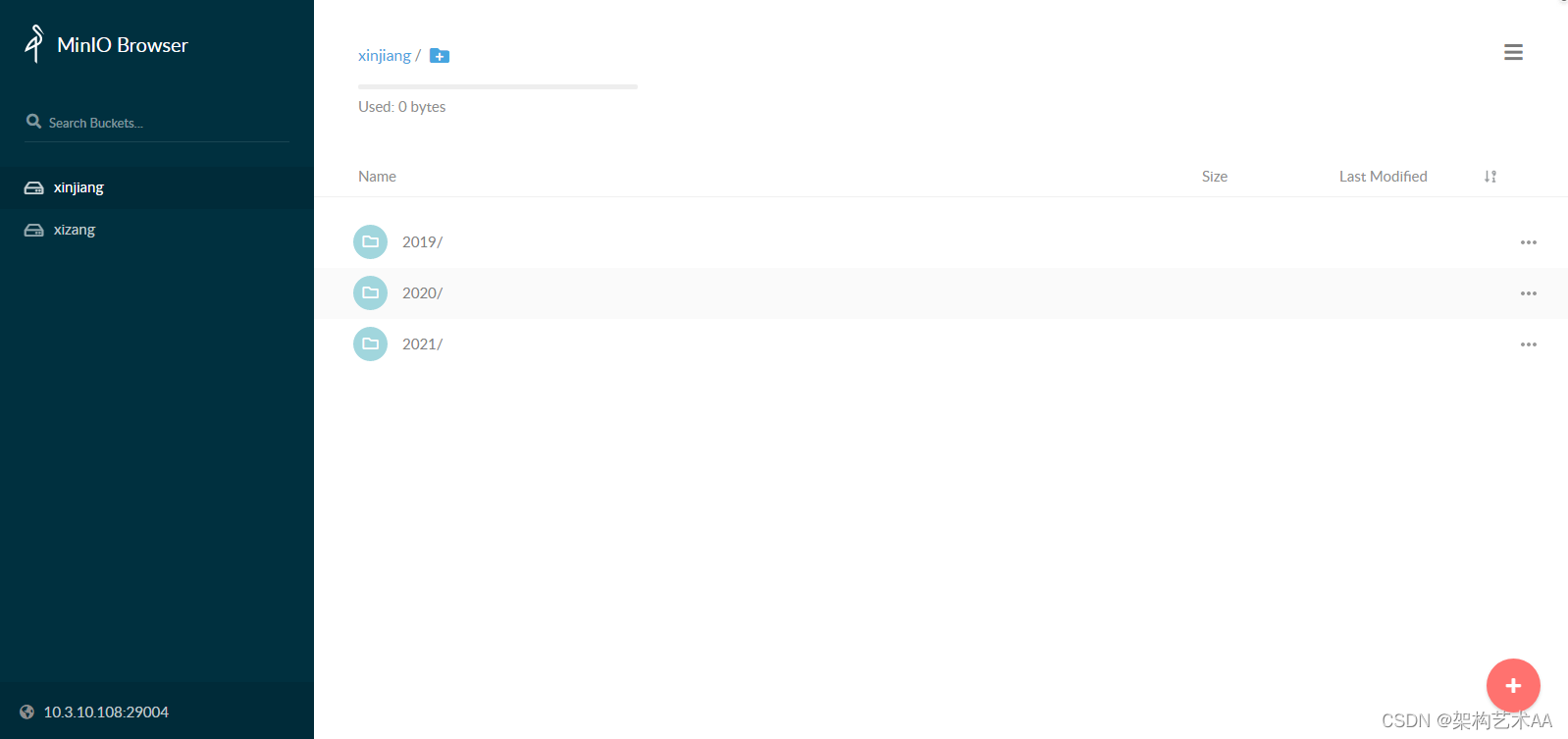
边缘计算和雾计算什么关系

By now most people are more than familiar with the concept of Cloud Computing, but what about the new concept referred to as Fog Computing? Today’s Q&A post takes a look at this new concept and how it differs from Cloud Computing.
到目前为止,大多数人对云计算的概念已经非常熟悉,但是称为雾计算的新概念又如何呢? 今天的问答环节将探讨这个新概念及其与云计算的区别。
Today’s Question & Answer session comes to us courtesy of SuperUser—a subdivision of Stack Exchange, a community-driven grouping of Q&A web sites.
今天的“问答”环节由SuperUser提供,它是Stack Exchange的一个分支,该社区是由社区驱动的Q&A网站分组。
Image courtesy of The Paper Wall.
图片由“纸墙”提供 。
问题 (The Question)
SuperUser reader user1306322 wants to know what fog computing is:
超级用户阅读器user1306322想知道什么是雾计算:
I am reading a work on Cloud services and it touches briefly on “Fog Computing” as an example of a possible future development branch of software-hardware infrastructure, but does not specify what it is exactly or any of its benefits.
我正在阅读有关云服务的工作,它简要地介绍了“雾计算”,作为软件硬件基础结构将来可能的开发分支的一个示例,但没有说明其确切含义或任何好处。
Wikipedia has a few words about “Fog Computing” on its Edge Computing page. I suppose it could mean that processing is distributed unevenly between a set of devices, but it is somehow different from concentrating all processing on a central data server (Cloud Computing) or end-user devices (Edge Computing), but I am not sure.
维基百科的“ 边缘计算”页面上有一些关于“雾计算”的词。 我想这可能意味着处理在一组设备之间分布不均,但这与将所有处理集中在中央数据服务器(云计算)或最终用户设备(边缘计算)上有所不同,但是我不确定。
So what exactly is “Fog Computing”?
那么“雾计算”到底是什么?
What is “Fog Computing” and how is it different from “Cloud Computing”?
什么是“雾计算”,它与“云计算”有何不同?
答案 (The Answer)
SuperUser contributor Dan D. has the first answer for us:
超级用户贡献者Dan D.为我们提供了第一个答案:
Quoted from Cisco.com (By Dan D.):
引用Cisco.com (Dan D.)的话:
Fog Computing is a paradigm that extends Cloud computing and services to the edge of the network. Similar to Cloud, Fog provides data, compute, storage, and application services to end-users. The distinguishing Fog characteristics are its proximity to end-users, its dense geographical distribution, and its support for mobility. Services are hosted at the network edge or even end devices such as set-top-boxes or access points. By doing so, Fog reduces service latency, and improves QoS, resulting in superior user-experience. Fog Computing supports emerging Internet of Everything (IoE) applications that demand real-time/predictable latency (industrial automation, transportation, networks of sensors and actuators). Thanks to its wide geographical distribution the Fog paradigm is well positioned for real time big data and real time analytics. Fog supports densely distributed data collection points, hence adding a fourth axis to the often mentioned Big Data dimensions (volume, variety, and velocity).
雾计算是将云计算和服务扩展到网络边缘的范例。 与Cloud类似,Fog向最终用户提供数据,计算,存储和应用程序服务。 Fog的显着特征是其与最终用户的距离近,地理分布密集以及对移动性的支持。 服务托管在网络边缘甚至是机顶盒或接入点之类的终端设备上。 这样,Fog减少了服务等待时间,并改善了QoS,从而带来了卓越的用户体验。 Fog Computing支持新兴的万物互联(IoE)应用程序,这些应用程序需要实时/可预测的延迟(工业自动化,运输,传感器和执行器网络)。 由于其广泛的地理分布,Fog范例非常适合实时大数据和实时分析。 雾支持密集分布的数据收集点,因此为经常提到的大数据维度(体积,种类和速度)增加了第四条轴。
Unlike traditional data centers, Fog devices are geographically distributed over heterogeneous platforms, spanning multiple management domains. Cisco is interested in innovative proposals that facilitate service mobility across platforms, and technologies that preserve end-user and content security and privacy across domains.
与传统的数据中心不同,Fog设备在地理上分布在跨多个管理域的异构平台上。 思科对促进跨平台服务移动性的创新提案以及保持跨域最终用户和内容安全性以及隐私性的技术感兴趣。
Fog provides unique advantages for services across several verticals such as IT, entertainment, advertising, personal computing etc. Cisco is specially interested in proposals that focus on Fog Computing scenarios related to Internet of Everything (IoE), Sensor Networks, Data Analytics and other data intensive services to demonstrate the advantages of such a new paradigm, to evaluate the trade-offs in both experimental and production deployments and to address potential research problems for those deployments.
Fog为IT,娱乐,广告,个人计算等多个垂直领域的服务提供了独特的优势。Cisco对专注于与万物联网(IoE),传感器网络,数据分析和其他数据有关的Fog Computing方案的提案特别感兴趣。密集服务以证明这种新范例的优势,评估实验和生产部署之间的权衡,并解决这些部署的潜在研究问题。
To go with what Dan D. has shared/quoted from Cisco, we have a bit more to add from a quick bit of research that we did:
为了与Dan D.从Cisco共享/引用的内容一起进行,我们从所做的一些快速研究中添加了更多内容:
Note: You can read the full articles/posts via the links we have included below for each section.
注意:您可以通过下面每个部分提供的链接阅读完整的文章/帖子。
Quoted from a PCWorld article about “Fog Computing”:
引用 PCWorld关于“雾计算”的文章 :
The so-called IoT (Internet of Things) encompasses a range of Internet-capable devices that could be almost limitless: Thermometers, electric meters, brake assemblies, blood pressure gauges and almost anything else that can be monitored or measured. The one thing they have in common is that they’re spread out around the world.
所谓的物联网(IoT)涵盖了几乎无限的具有互联网功能的设备:温度计,电表,制动总成,血压计以及几乎任何其他可以监视或测量的东西。 他们有一个共同点,就是他们分布在世界各地。
There can be huge amounts of data coming out of these devices. For example, a jet engine may produce 10TB of data about its performance and condition in just 30 minutes, according to Cisco. It’s often a waste of time and bandwidth to ship all the data from IoT devices into a cloud and then transmit the cloud’s responses back out to the edge, said Guido Jouret, vice president and general manager of Cisco’s Internet of Things Business Unit. Instead, some of the cloud’s work should take place in the routers themselves, specifically industrial-strength Cisco routers built to work in the field, he said.
这些设备可能会产生大量数据。 例如,据思科称,喷气发动机可能在短短30分钟内产生10TB的性能和状态数据。 思科物联网业务部副总裁兼总经理Guido Jouret表示,将所有物联网设备中的数据发送到云中,然后将云的响应传回边缘,这通常是浪费时间和带宽。 他说,云的某些工作应该在路由器本身中进行,特别是要在现场工作的具有工业实力的思科路由器。
“This is all about location,” Jouret said. Using local instead of cloud computing has implications for performance, security and new ways of taking advantage of IoT, he said.
乔雷特说:“这全都与地点有关。” 他说,使用本地而不是云计算会对性能,安全性和利用物联网的新方式产生影响。
Quoted from the definition/explanation at WhatIs.com:
引自 WhatIs.com 的定义/解释 :
Fog computing, also known as fogging, is a model in which data, processing and applications are concentrated in devices at the network edge rather than existing almost entirely in the cloud.
雾计算(也称为雾化)是一种模型,其中数据,处理和应用程序集中在网络边缘的设备中,而不是几乎全部存在于云中。
That concentration means that data can be processed locally in smart devices rather than being sent to the cloud for processing. Fog computing is one approach to dealing with the demands of the ever-increasing number of Internet-connected devices sometimes referred to as the Internet of Things (IoT).
这种集中意味着可以在智能设备中本地处理数据,而不是将其发送到云中进行处理。 雾计算是一种解决日益增长的互联网连接设备(有时称为物联网(IoT))需求的方法。
In the IoT scenario, a thing is any natural or man-made object that can be assigned an IP address and provided with the ability to transfer data over a network. Some such things can create a lot of data. Cisco provides the example of a jet engine, which they say can create 10 terabytes (TB) of data about its performance and condition in a half-hour. Transmitting all that data to the cloud and transmitting response data back puts a great deal of demand on bandwidth, requires a considerable amount of time and can suffer from latency. In a fog computing environment, much of the processing would take place in a router, rather than having to be transmitted.
在物联网场景中,事物是可以分配IP地址并具有通过网络传输数据的能力的任何自然或人造对象。 一些这样的事情可以创建很多数据。 思科提供了喷气发动机的示例,他们说喷气发动机可以在半小时内创建10 TB的性能和运行状况数据。 将所有这些数据传输到云中,然后将响应数据传输回去,这对带宽提出了很高的要求,需要大量时间,并且可能会出现延迟。 在雾计算环境中,许多处理将在路由器中进行,而不必进行传输。
As you can see, “Fog Computing” focuses on lifting part of the work load off of regular cloud services by using localized resources in order to provide a quicker, smoother, and more streamlined experience for users. What are your thoughts on “Fog Computing”? Do you think it will become as popular and useful as Cloud Computing or would you classify it as a “marketing fad” with no future?
如您所见,“雾计算”致力于通过使用本地化资源来减轻常规云服务的部分工作负担,以便为用户提供更快,更流畅,更简化的体验。 您对“雾计算”有何看法? 您是否认为它会像云计算一样流行和有用,还是您将其归类为“没有任何前途的营销风尚”?
Have something to add to the explanation? Sound off in the comments. Want to read more answers from other tech-savvy Stack Exchange users? Check out the full discussion thread here.
有什么补充说明吗? 在评论中听起来不错。 是否想从其他精通Stack Exchange的用户那里获得更多答案? 在此处查看完整的讨论线程 。
翻译自: https://www.howtogeek.com/185876/what-is-fog-computing/
边缘计算和雾计算什么关系




